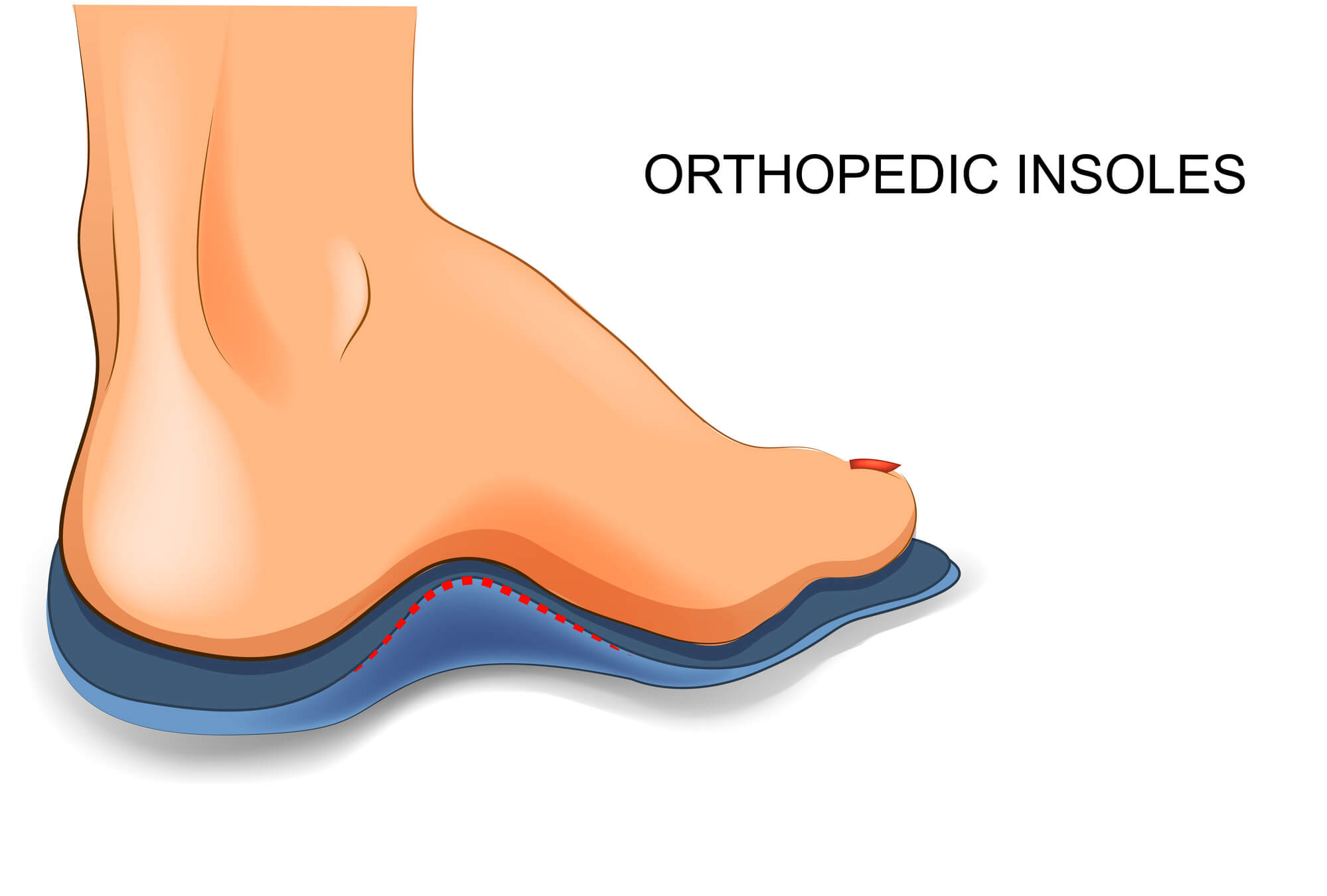Foot Orthotics: Science or Wishful Thinking

One in four adults have some problem with their feet, according Emily Delzell’s article Feet Hurt? Sleep in Some Relief with Shoe Inserts, published by the Arthritis Foundation. Foot orthotic insoles are intended to support or correct an abnormal or irregular walking pattern. The insoles change the angle at which the foot strikes while walking and restore the alignment and positioning of the foot, which may provide pain relief for a myriad of foot conditions. The demand for the foot orthotic insoles has seen a dramatic rise due to the increasing prevalence of diseases such as arthritis, diabetes and obesity, and an aging population. Sports enthusiasts are a big market segment because of repetitive strain injuries suffered by runners, walkers and hikers. A recent study from IndustryARC estimates revenues for the global foot orthotic insoles market to reach $3.5 billion by 2020. The biggest contributor is the North America region with a market share of around 45%. Foot insoles in the diabetic segment generated the highest revenue.1 Custom inserts, which last about five years, can cost between $400 and $800 a pair.
“Orthotics redistribute weight and relieve pressure on sensitive areas of the feet, provide cushioning that reduces stress, or biomechanical load, on the lower body, and correct gait and structural abnormalities,” says Marian Hannan, associate professor of medicine at Harvard Medical School and co-director of Musculoskeletal Research at the Harvard-affiliated Institute for Aging in Boston. “It’s not entirely clear how orthotics work to cause these positive changes, but data suggests the inserts affect the foot’s very fine, or micro-, control of gait, subtly altering muscle activity and reducing stress on the lower extremity,” she says.2
Custom-made orthotics may reduce foot pain for conditions, including:
- Osteoarthritis and rheumatoid arthritis
- Diabetes
- Bunions
- High arches
- Plantar fasciitis or heel pain
- Metatarsalgia
- Flat feet
- Back pain
More research needs to be done to understand specific benefits. Hannan notes: “We can tell by the prevalence of people who continue to wear orthotics months and years after filling their prescription that they feel that the inserts are helping.”
If you suffer with foot pain, A DOC orthopedic surgeon or specialist will document your health history, including activity level and medical conditions. After an examination and evaluation of your gait by observing your body in motion, the physician can determine an accurate diagnosis and the best treatment option. Typically foot orthotics may be prescribed if muscles, tendons, ligaments, joints, or bones are not in an optimal functional position and are the cause of your pain, discomfort and fatigue.
For more information on the cost of care, click here
Sources
1Foot Orthotic Insoles Market to Reach 3.5 USD Billion By 2020 | PR Newswire 2Feet Hurt? Slip in Some Relief With Shoe Inserts | Arthritis Foundation Orthotics Work in Mysterious Ways | National Center for Biotechnology Information Do I Need Orthotics? What Kind? | Harvard Health Publishing




